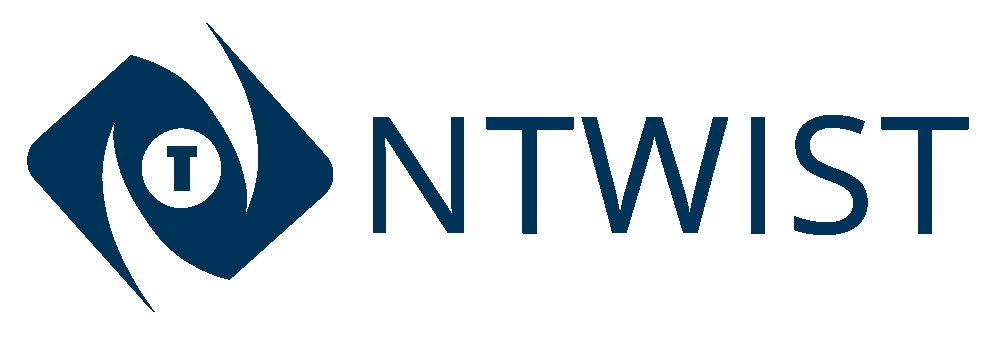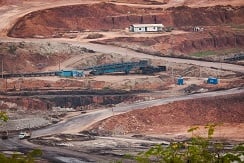- By : Shaun Brennan
- Blogs
Digital transformation is reshaping industries worldwide, and mining is no exception. However, despite the evident benefits, the mining industry has often been perceived as lagging in adopting digital technologies. To understand this phenomenon, it is essential to delve into the unique challenges and dynamics of the mining sector.
The Current State of Digital Transformation in Mining
The digital transformation of the mining industry involves the integration of digital technologies such as IoT (Internet of Things), AI (Artificial Intelligence), big data analytics, and automation into mining operations. These technologies promise significant improvements in productivity, safety, and environmental sustainability.
According to an article by North American Mining, the mining industry is entering a golden age of technology, with advancements such as automated trucks, drones for exploration, and real-time data analytics becoming more commonplace. Yet, the pace of adoption varies significantly across the sector.
Barriers to Rapid Digital Adoption
- Complexity and Scale of Operations: Mining operations are inherently complex and often spread across vast, remote areas. Implementing digital technologies on such a large scale is a daunting task. Integrating new systems with existing infrastructure can be challenging and requires substantial investment.
- High Initial Costs: Digital transformation requires significant upfront investment in technology, training, and infrastructure. Many mining companies, especially smaller ones, may find these costs prohibitive. Canadian Mining Journal highlights that the financial burden is a major deterrent, particularly in an industry characterized by volatile commodity prices.
- Cultural Resistance: There is often a cultural resistance to change within established industries. Mining, with its long-standing traditions and practices, is no exception. Miners and managers accustomed to traditional methods may be skeptical of new technologies, fearing job displacement or distrusting unfamiliar systems. As noted by Mining.com, this resistance is a critical barrier to digital adoption.
- Skills Gap: The mining industry faces a significant skills gap. There is a shortage of workers with the necessary expertise to implement and manage digital technologies. As Harvard Business School’s Digital Initiative points out, this gap is a major hurdle in the digital transformation journey.
- Regulatory and Environmental Concerns: Regulatory requirements and environmental considerations can also slow the adoption of new technologies. Mining companies must navigate complex regulations and ensure that new technologies comply with environmental standards, which can delay implementation.
- Siloed Nature of the Mining Value Chain: The mining value chain is often highly siloed, with different process stages—exploration, extraction, processing, and distribution—operating independently. This fragmentation inhibits broad changes, as digital transformation efforts in one area may not be effectively communicated or integrated with others. Collaboration across these silos is crucial but challenging, further slowing down the pace of digital adoption.
The Path Forward
Despite these challenges, the mining industry is making strides towards digital transformation. As reported by Mine Australia, countries like Australia are leading the way with significant investments in technology to enhance efficiency and reduce environmental impact.
To accelerate digital adoption, mining companies need to focus on several key areas:
- Strategic Investment: Companies should prioritize strategic investments in technologies that offer the highest return on investment and align with their long-term goals. This includes investing in training and development to bridge the skills gap.
- Change Management: Effective change management strategies are crucial to overcoming cultural resistance. This involves engaging employees at all levels, providing adequate training, and demonstrating the tangible benefits of digital technologies.
- Collaboration and Partnerships: Collaborating with technology providers, academic institutions, and industry peers can help mining companies stay at the forefront of technological advancements. Partnerships can also facilitate the sharing of best practices and resources.
- Breaking Down Silos: Encouraging cross-functional collaboration and communication within the mining value chain is essential. This can be achieved by implementing integrated digital platforms that allow for seamless information sharing and coordination across different stages of the mining process.
- Regulatory Engagement: It is essential to actively engage with regulators to shape policies that support digital transformation while ensuring environmental and safety standards are met.
Conclusion
While the mining industry has been slower in adopting digital transformation than other sectors, the tide is gradually turning. The benefits of digital technologies are becoming increasingly apparent, and forward-thinking companies are leading the charge. By addressing the barriers and leveraging strategic opportunities, the mining industry can unlock the full potential of digital transformation and usher in a new era of efficiency, sustainability, and innovation.
By embracing digital transformation and breaking down silos within the value chain, the mining industry can not only overcome its current challenges but also pave the way for a more prosperous and sustainable future. The journey may be complex, but the rewards are undoubtedly worthwhile.





